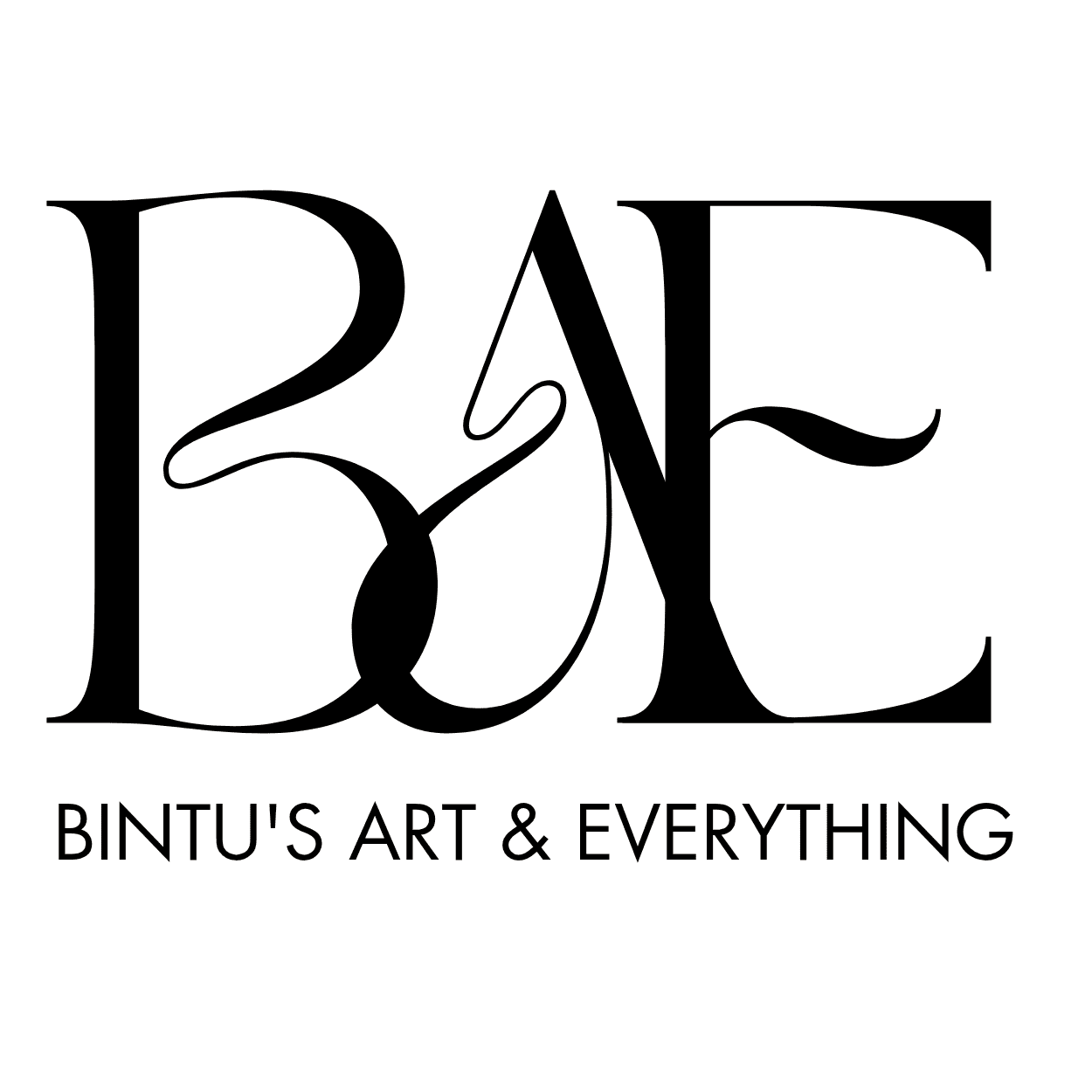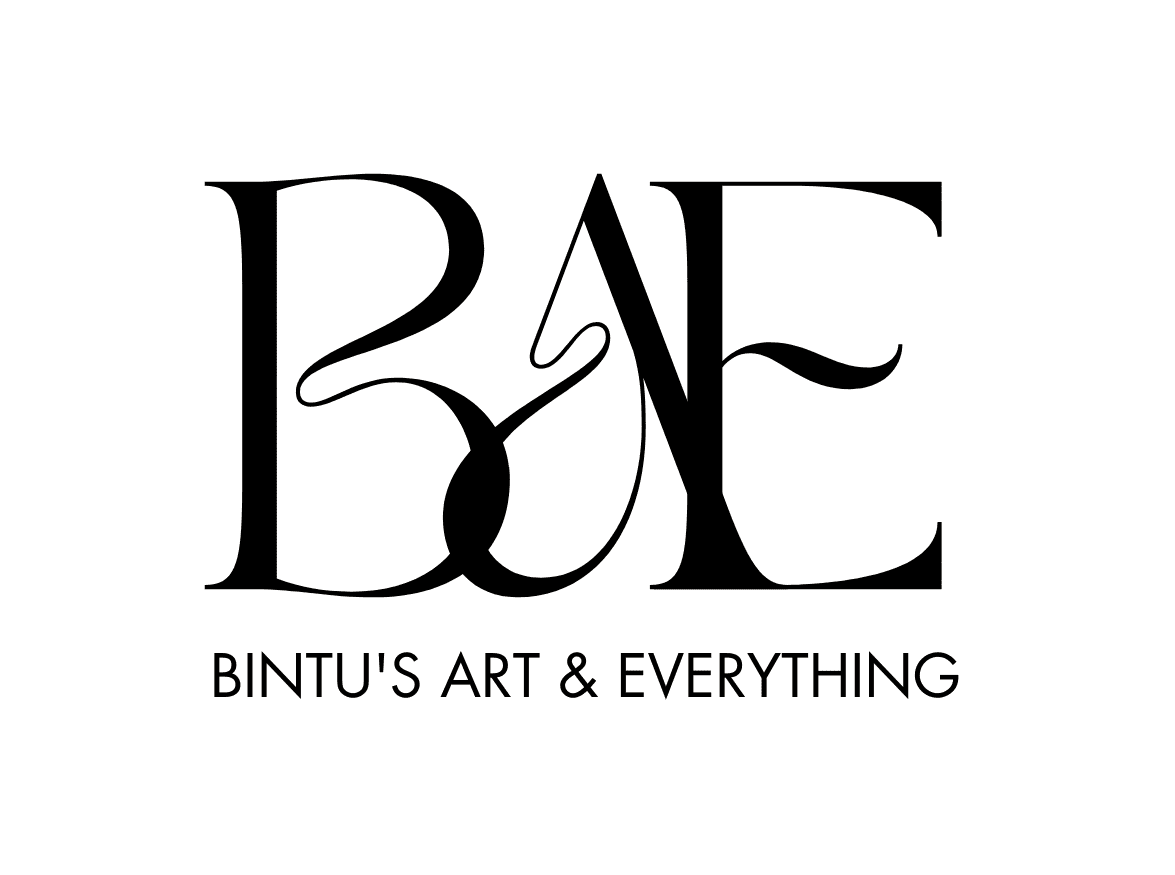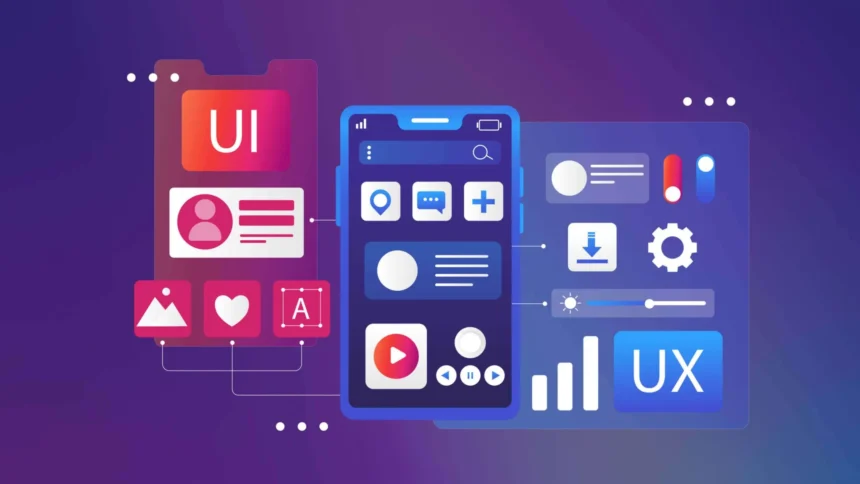How to Land Your First Remote UX Design Job: A Step-by-Step Guide to Kickstart Your Career
Getting your first remote UX design job can seem like a big challenge. Many beginners worry about building a portfolio, finding work online, and making connections without face-to-face meetings. But the good news is, remote work in UX design is booming. More companies want designers who can work from anywhere. This shift offers you flexibility, endless opportunities, and a chance to grow with diverse projects.
- How to Land Your First Remote UX Design Job: A Step-by-Step Guide to Kickstart Your Career
If you’re ready to start your remote UX career but don’t know where to begin, this guide breaks it down. It’s packed with practical tips and proven strategies to help you land your first remote role faster.
Understanding the Remote UX Design Landscape
The Growth of Remote UX Design Jobs
UX design jobs are going remote more than ever. Recent studies show that over 60% of design roles are now remote or hybrid. Many companies see remote UX teams as a way to cut costs and tap into global talent. Big names like Shopify, Buffer, and Automattic run entirely remote UX teams. They show it’s possible to do top-tier work from anywhere.
Remote roles aren’t just a trend; they’re here to stay. This means more chances for new designers willing to work outside the traditional office. The key? understanding how this fast-growing scene functions and what employers seek.
Skills and Qualifications in Demand
What does it take to land a remote UX design job? Core skills include user research, sketching wireframes, creating prototypes, and designing interfaces. You also need soft skills like clear communication, self-motivation, and good time management.
Online courses can boost your credibility. Certifications from places like Nielsen Norman Group or Coursera can help you stand out, showing you’ve dedicated time to learning. Employers want to see that you’re skilled and ready to work independently — especially in a remote setting.
Challenges and Opportunities in Remote UX Work
Working remotely has both pros and cons. Staying motivated without coworkers nearby can be tough. Communication might get tricky, especially across time zones. You need self-discipline to stay on top of projects.
But remote work opens many doors. You can join teams from different countries, work on projects you love, and enjoy a flexible schedule. Many experts say that the secret to success is staying organized, communicating clearly, and regularly connecting with your team.
Building a Strong Remote UX Portfolio
Showcasing Your Skills Effectively
Your portfolio is your biggest sales tool. Pick projects that show your UI skills, problem-solving, and research ability. Use real examples if you can — even personal projects work if they highlight your strengths.
For each case study, clearly explain the problem you tackled. Describe your process step by step. End with the results: what did you improve, and how did users react? This storytelling helps employers see your thinking.
Highlighting Remote Work Readiness
It’s good to show experience with remote collaboration tools like Figma, Miro, or Slack. Add notes to your projects about how you worked with others online. Prove you’re adaptable and self-managed. For example, mention how you shared updates asynchronously or handled feedback remotely.
Creating an Online Presence
Build a website or online portfolio on platforms like Behance or Dribbble. Make sure your profile is complete with your skills, bio, and contact info. Update your LinkedIn regularly with your projects and insights.
Use keywords in your descriptions—words recruiters search for, like “user research,” “wireframing,” or “remote collaboration.” This boosts your chance of appearing in searches.
Networking and Job Search Strategies for Remote UX Roles
Leveraging Online Communities and Platforms
Join UX groups on platforms like Reddit (r/UserExperience) or UX Mastery. Engage actively by commenting on posts or sharing your work. These communities are a goldmine for advice and job leads.
Use remote-only job boards such as We Work Remotely, Remote OK, and AngelList. Set alerts for UX design roles so you don’t miss opportunities.
Connecting with Industry Professionals
Attend virtual meetups, workshops, and webinars. These events open the door to connections that can lead to referrals.
Don’t hesitate to reach out to designers for casual chats or advice. Many are happy to share their experiences or become mentors. Building genuine relationships can lead to your first job offer.
Crafting Effective Applications
Customize your resume and cover letter for each role. Highlight your remote work skills, like managing your schedule, handling projects independently, or communicating across teams. Showcase specific projects that match the job description.
Follow up after applying—sending a quick thank-you email keeps you top of mind. Maintain these connections even if you don’t land the role right away.
Preparing for Remote UX Job Interviews
Common Interview Formats and Questions
Remote interviews usually include video calls, portfolio presentations, or practical tests. Be ready to answer how you stay organized, communicate effectively, and solve design problems. Expect questions about your ideal work environment, how you handle feedback, or work with distant teams.
Demonstrating Remote Work Skills
In interviews, describe instances where you collaborated smoothly online or met tight deadlines alone. Use stories that show you’re self-motivated and adaptable.
Make sure your interview environment looks professional. Test your camera, microphone, and internet connection beforehand.
Technical and Design Tasks
Interviewers might ask you to do design challenges or usability tests. Practice in tools like Figma or InVision. Prepare to present your approach clearly and explain your design choices. Practicing user research presentations can also give you an edge.
Related Articles:
Final Tips and Next Steps
Persistence is key. The job market may seem competitive, but keep trying. Continue learning with online courses or new projects. Regularly update your portfolio. Stay active in industry groups.
Be flexible and ready to improve. The remote scene keeps changing, and staying ahead means learning new skills and tools.
Remember, landing your first remote UX role isn’t about luck — it’s about preparation and effort. Keep pushing forward.
Conclusion
Getting your first remote UX designer role takes effort, but it’s manageable. Focus on building a strong, clear portfolio, connect with industry friends online, and prepare well for interviews. Your adaptability and willingness to learn are your biggest assets here.
Stay persistent and open-minded. The remote UX world offers endless possibilities if you invest in your skills and network. Many have walked this path before. With the right strategy, you can join them. Keep growing, stay engaged, and your first remote UX design job is within reach.
Image source: Thefinch.design






